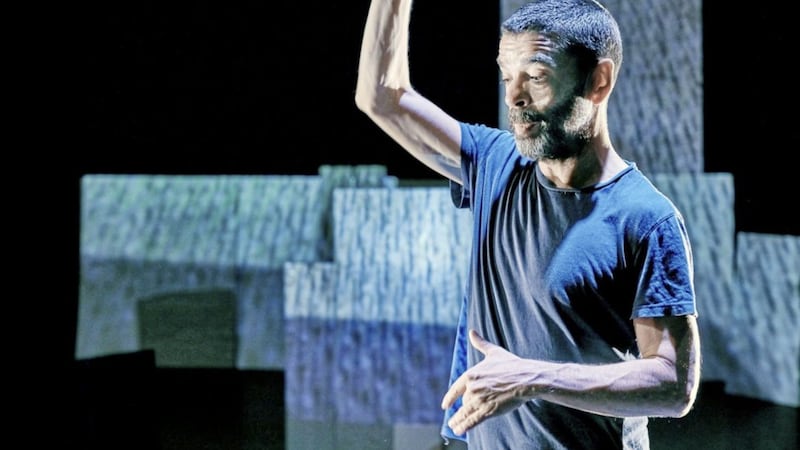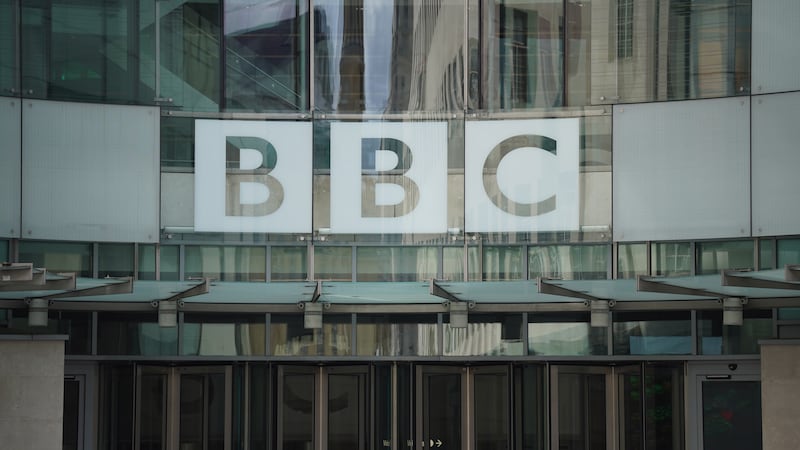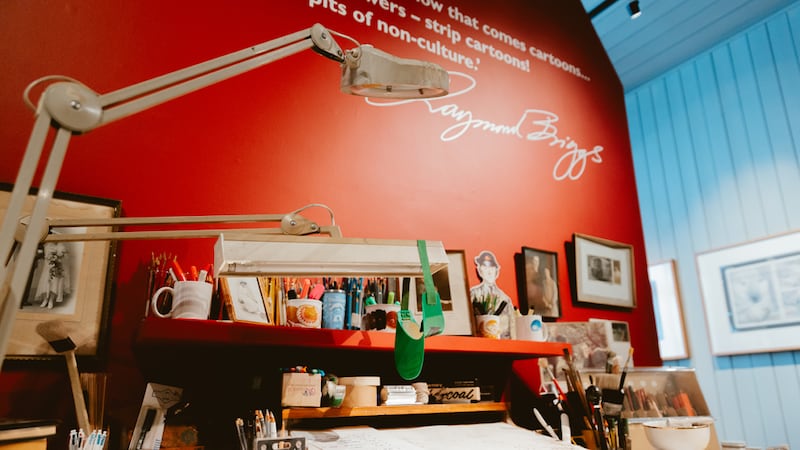AND now, ladies and gentlemen, for the first time ever, this column is going to focus on a dancer. No ordinary dancer, of course, but the great Colin Dunne.
From choreographing and dancing in Riverdance, doing the same with Jean Butler on Dancing on Dangerous Ground in New York, and dancing with to Frankie Gavin and Stéphane Grapelli at the Ulster Hall, Dunne is now more of a contemporary dancer but with Irish music and dance at the heart of what he does.
Born in Birmingham, the son of a stereotypical Irish family with parents from Monaghan and Wexford, Dunne followed his two older sisters to Irish dance class at the local school when he was just three years old. It was a stereotypical Irish upbringing, he recalls.
“Yeah, we went on holiday to Ireland every year and growing up in the 70s my whole identity was about being Irish. My upbringing was all about Irish dance class and competitions and also my extended Irish family of aunts and uncles who were into singing and music so I feel as if I grew up in a tiny microcosm of Ireland, even though I was in the English midlands.”
Although Dunne doesn’t remember his first classes as a three-year-old, he does recall really wanting to go to classes when he was just five or six, because he so enjoyed the sensation of it, the joy of really connecting the steps with the music, the feeling of “being in synch with something” as he describes it.
That love of Irish music and movement then became a career which, like most careers, was hardly a straight continuous line, with enough bumps along the way, from dancing as a child to when he took over from Michael Flatley in Riverdance.
“I would say it was a typical kind of trajectory, though,” says Dunne. “A lot of dancers would start very young and then go through competitions and world championships, and then probably finish competing at the age of 21 or 22 as I did.
“Then I got my teaching exams and I taught for a while and worked in New York, and then obviously Riverdance came along and I became a part of that, so that is quite a typical story – although my path after Riverdance has been less typical,” he smiles.
Dunne had been hired a choreographer on the Irish dancing juggernaut but ended up as lead dancer when Michael Flatley pulled out of the show at the last minute. The phenomenal global success that is Riverdance was a blessing to Dunne, but he now has mixed thoughts about the project.
“You know, you have your perceptions of things when you’re doing them and then 20 years later your perceptions change,” he explains. “It is a memory to me now. I was in my late 20s when I went into Riverdnace and of course it was very exciting and a great opportunity for all of us who were involved and we had a great time doing it.
“We felt that we had arrived somehow, out of church halls and competitions and into something that was a little bit more meaningful or felt meaningful at the time but I suppose through doing Riverdance, I began to think of what I really wanted to do as a performer."
Three years of doing Riverdance had provoked him into thinking about performance and about tradition in a way that he hadn’t done before and he started looking for another connection to the dance itself as opposed to the glitz and glamour of the Irish dancing super-show.
He was influenced from an early age by tap dance – Gregory Hines in particular – and this has given him an often complex approach to rhythm within the structures of traditional Irish music. But what other sources does he go to for inspiration?
“That’s like a PhD question,” he laughs, “but what I would say is that I have been looking over the past 15 years for something more authentic and for that I have to look within myself.
“I think you grow up doing Irish traditional dance and thinking this is what it really is, or totally accepting that this is Irish traditional dance, but over the past decade and a half, I have been questioning what exactly that is.
“When I was doing Riverdance in the 1990s, it was very much about adding different styles of dance to Irish dance to try and dress it up and make it more interesting and more exciting. I think since Riverdance, the process for me has been trying to strip that away and get back to the source.”
But what is that source?
“The source for me is the musicality of it and the physicality of it. I think this is also happening because I am older – I’m 50 now – so I’m trying to work with my own body in a slightly different way so it’s not now a matter of how fast I can click or how high I can kick my leg. It’s just about finding another connection to the movement and to the rhythm and to the music.”
That can be seen in Concert, a production for which Dunne, Sinéad Rushe and Mel Mercier won this year’s TG4 Gradam Ceoil award for Musical Collaboration.
Concert sees Dunne dancing to the stunning Tommy Potts album The Liffey Banks and it is impossible to describe it in words but there is a preview of it on Vimeo.
The latest show Dunne is involved in is Edges of Light where he is joined by trad A-listers, Tola Custy, Maeve Gilchrist and David Power.
The newly commissioned work is described as “a sparkling kaleidoscope of melody and rhythm inspired by the sights and sounds of an Irish dawn, a mix of contemporary and traditional music with dance not only as a visual element but part of the sound-scape of the whole piece”.
The John Hewitt Society is bringing the show to the Market Place in Armagh on July 25. I, for one, can’t wait.
STEPH TAKES WING
STEPH Geremia, traditional flautist and singer, is highly regarded as among the top musicians of her generation.
Known for her vibrant style and versatile musicianship, Steph has been highly influenced by the great north Connaught style of flute playing. As a regular member of The Alan Kelly Gang, she has performed and toured extensively around the globe and worked with many critically acclaimed artists including The Chieftains, Eddi Reader, Kris Drever, Johnny ‘Ringo’ McDonagh and many more.
After nearly a decade since the release of her debut album, this month sees the release of Steph’s highly anticipated second solo collection, Up She Flew.
With a firm mixture of traditional and contemporary arrangements and production, the album features music from Sligo, Leitrim and north Connaught. Steph is joined by a star-studded gang.








